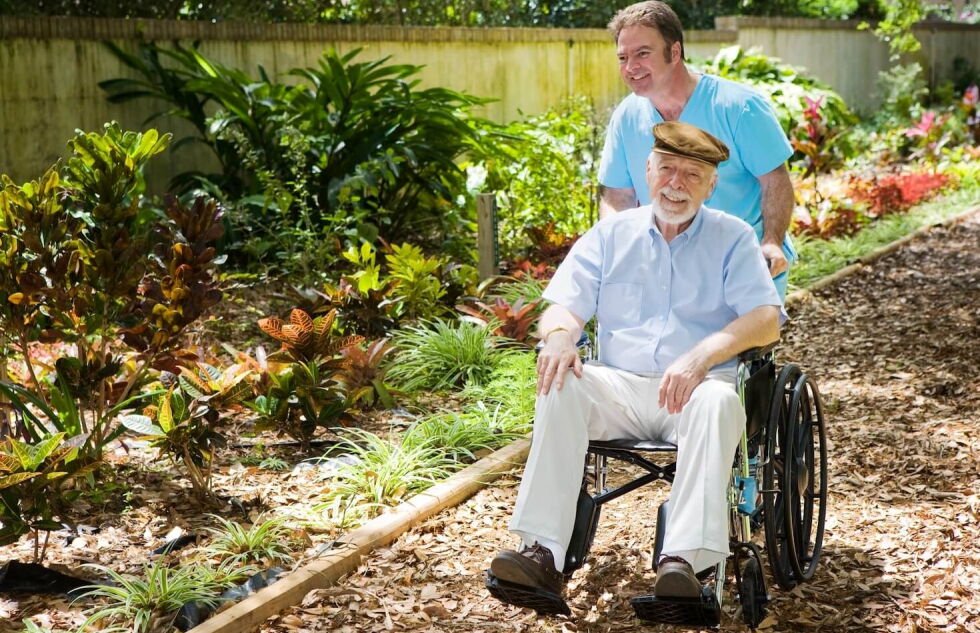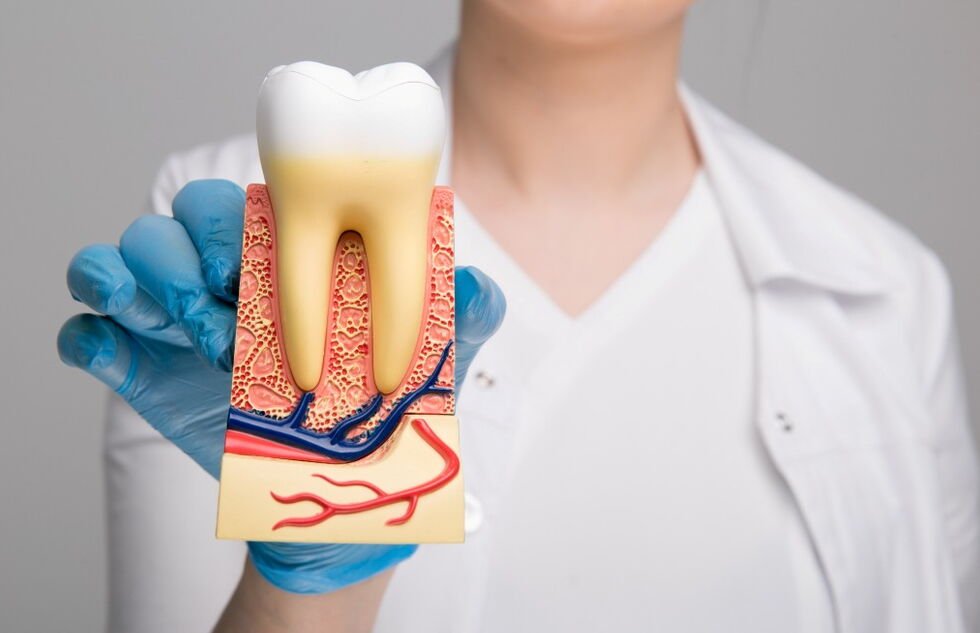Understanding Assisted Living
Assisted living facilities are designed to bridge the gap between independent living and nursing homes. They provide seniors with a supportive environment where they can receive assistance with daily activities while still maintaining a level of independence. These communities offer a variety of services, from basic help with cooking and cleaning to more specialized medical care.
1. Personalized Care Plans for Individual Needs
One of the hallmarks of the best assisted living facilities is their commitment to personalized care. Each resident’s health status and personal preferences are assessed to develop tailored care plans. Regular evaluations ensure that these plans adapt to changes in health or mobility, providing peace of mind for families and enhancing the quality of life for seniors.
2. Promoting Social Interaction and Community Engagement
Seniors often face loneliness and isolation, especially after losing a spouse or moving from their long-time home. Assisted living communities combat this by fostering social interaction through planned activities and events. From fitness classes to arts and crafts, these opportunities allow residents to connect with their peers, build friendships, and engage in meaningful activities that stimulate both the mind and body.
3. Ensuring Safety and Security
Safety is a paramount concern for seniors and their families. The best assisted living facilities are equipped with various safety features such as 24/7 emergency call systems, secure entry points, and staff trained in emergency procedures. These measures ensure that residents can feel secure in their environment, knowing that help is always available should they need it.
4. Encouraging Independence and Autonomy
One of the most common misconceptions about assisted living is that it means a loss of independence. In reality, these facilities promote autonomy by allowing residents to maintain their own schedules and make their own choices. Seniors can personalize their living spaces, participate in activities that interest them, and receive the support they need without sacrificing their freedom.
5. Specialized Memory Care Options
For seniors dealing with cognitive impairments such as Alzheimer’s disease or other forms of dementia, many assisted living facilities offer specialized memory care programs. These programs are structured to provide a safe and nurturing environment while incorporating activities designed to stimulate cognitive function and provide social interactions. Tailored support ensures that residents with memory challenges can enjoy a fulfilling quality of life.
6. The Importance of Research and Informed Decision-Making
Choosing the right assisted living community for your loved ones is crucial. It requires thorough research and consideration of various factors, including location, services offered, and reviews from current residents and their families. Many communities offer tours and consultations to help families understand the available options, making it easier to find a place that aligns with their needs and values.

FAQ
What should I look for in an assisted living facility?
When choosing an assisted living facility, consider factors such as location, services offered, staff-to-resident ratio, safety features, and resident reviews. It’s also beneficial to visit the facility and meet with staff and current residents.
Are assisted living facilities expensive?
The cost of assisted living varies widely based on location, amenities, and level of care required. Many facilities offer flexible pricing options, and it’s advisable to explore financial assistance programs that may be available.
How do I know if assisted living is the right choice for my loved one?
Signs that assisted living may be appropriate include difficulty with daily activities, increased isolation, and safety concerns at home. Consulting with healthcare professionals and discussing the situation with your loved one can provide clarity.
Can seniors maintain their independence in assisted living?
Absolutely! Assisted living facilities are designed to promote independence while providing necessary support. Residents typically have their own apartments and can engage in activities of their choice.
What types of activities are offered in assisted living communities?
Most assisted living communities provide a variety of activities, including fitness classes, arts and crafts, movie nights, social gatherings, and excursions to local attractions, encouraging socialization and engagement.












